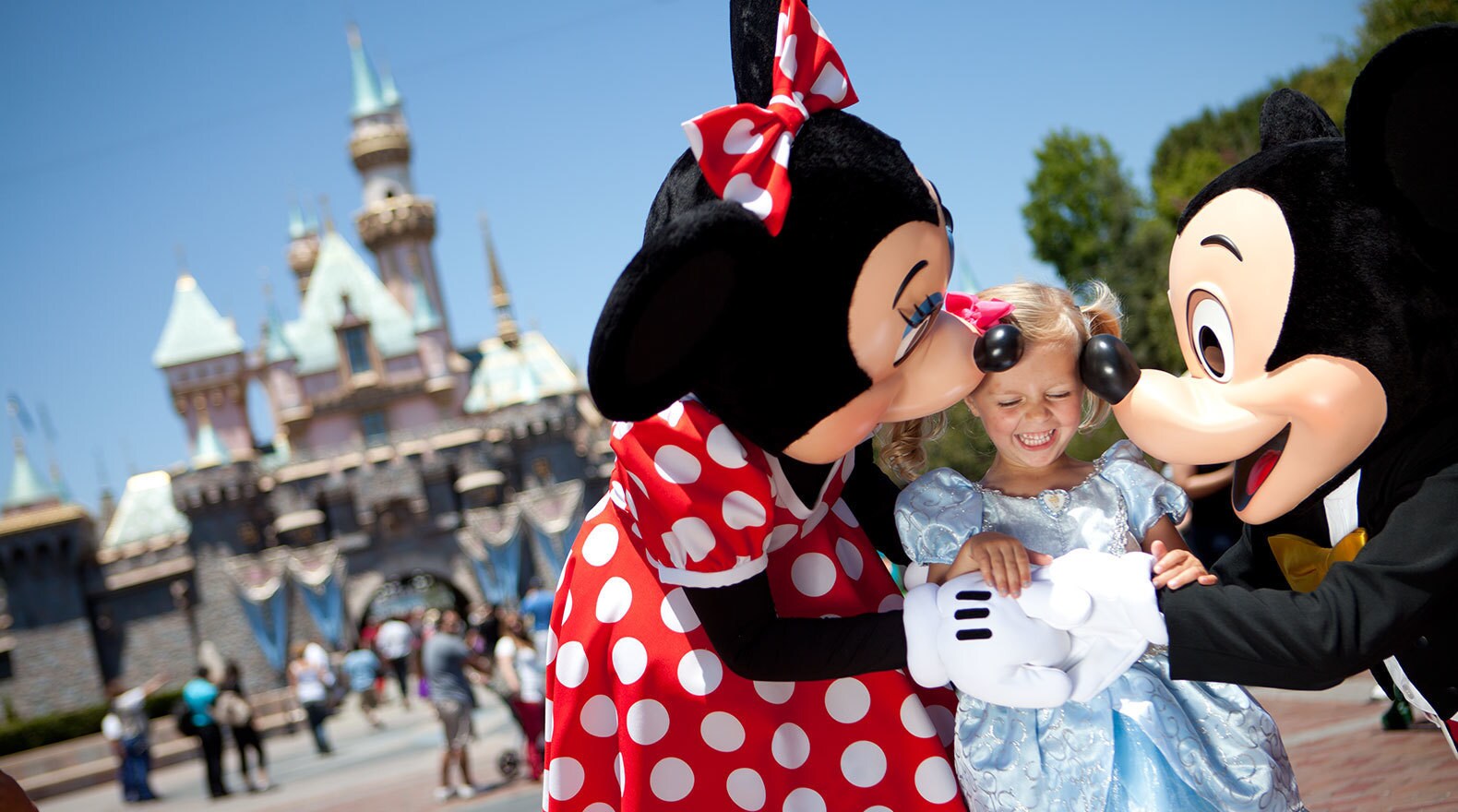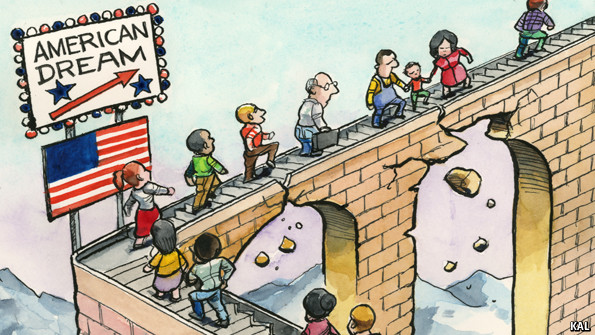Women now have equal rights to work in the same professions as men, but there are still many barriers to fair treatment of women in the workplace. Michaela Quinn details this issue in her blog post, explaining that while women are highly educated and qualified for jobs, they still hold fewer leadership positions than men. She suggests that by providing benefits for both maternal and paternal leave, we can create a more fair workplace for women. I believe that this would be a great first step to improving the situation. Yet, there are still some gender norms that prevent women from advancement which must be addressed if we are to achieve full equality.
I’ve been called bossy. I’ve seen other girls and women get called bossy too. When women behave assertively, this label is placed on them. However, when men behave in the same way, they are praised for their strength and confidence. This negative attitude towards strong, assertive women is a major barrier to women gaining leadership roles.
Ban Bossy is a campaign that was launched to combat this stigma against women in leadership. Their website displays a troubling statistic, saying that “between elementary and high school, girls’ self-esteem drops 3.5 times more than boys.” It is clear that in childhood, girls have a shortage of female role models and are conditioned to believe that they are less capable than men. As they grow older, women in leadership are faced with even more stereotypes in the workplace, often being viewed as angry and “masculine”. Their achievements are undervalued, as they are either seen as token females, single and lonely, or having used “feminine persuasion” so get to their positions of power. To avoid these negative stereotypes, women tend to stay away from leadership roles. Even for those who do enter positions of power, these stereotypes are still harmful, as they prevent women from being taken seriously in their work.
It is important for organizations to recognize this issue, as women’s representation in the workplace is important to a company’s success. Women cannot achieve their highest potential and contribute to an organization if they are not given the chance to do so. They bring in a unique perspective that can also add value to the team. The importance of women to a company’s success has already been demonstrated, as studies show that “companies with more women board directors had a 53-per-cent higher return on equity, a 42-per-cent higher return on sales and a 66-per-cent higher return on invested capital.”
To conclude, the use of the word “bossy” hints at larger barriers that prevent women from achieving their potential. For organizations to be successful, it is important that we empower girls and women to break these negative stereotypes and allow them to pursue leadership roles as freely as their male counterparts.
_____________________________________________________________________________
References:
Ban Bossy. Encourage Girls to Lead. (n.d.). Retrieved April 01, 2017, from http://banbossy.com/
Gillis, D. (2010, November 01). More women in the workplace is good for business. Retrieved March 31, 2017, from http://www.theglobeandmail.com/news/national/time-to-lead/more-women-in-the-workplace-is-good-for-business/article1215920/
Goudreau, J. (2011, October 24). The 10 Worst Stereotypes About Powerful Women. Retrieved April 01, 2017, from https://www.forbes.com/sites/jennagoudreau/2011/10/24/worst-stereotypes-powerful-women-christine-lagarde-hillary-clinton/2/#2e15c17f504a







